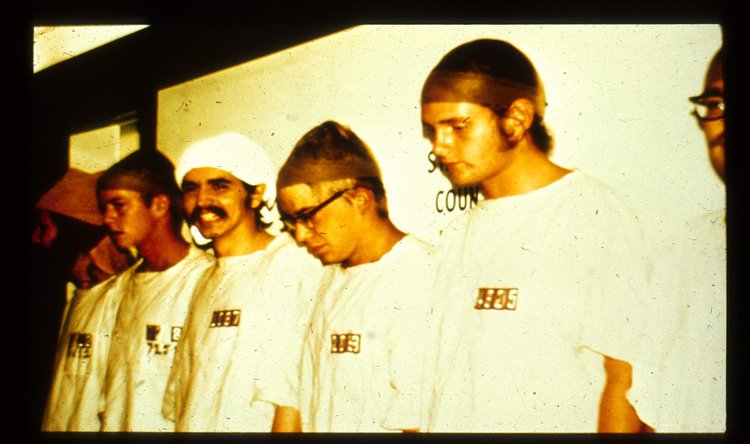Gary Slutkin: Is it possible to end violence?
/After spending years in Africa fighting AIDS, TB and cholera with the W.H.O., Gary Slutkin returned to Chicago and had an epiphany: the violence plaguing his hometown exhibited all the signs of an infectious disease. Learn how he’s applied epidemiological principles to reduce shootings and violent crime in inner-city Chicago neighborhoods by as much as 75%. see Pop!Cast video
 Dr Slutkin maps violence in Chicago's neighborhoods. PHOTO: Kris Klug
Dr Slutkin maps violence in Chicago's neighborhoods. PHOTO: Kris Klug
From Michelle Riggen-Ransom at Pop!Tech Blog:
Gary Slutkin believes that violence is an infectious disease. During Slutkin’s time working as an epidemiologist for the World Health Organization, he studied diseases first-hand, including tuberculosis, cholera and AIDS. He knows what fighting disease looks like.
His world changed when he returned from working abroad to Chicago in order to take care of his aging parents. Slutkin came back to the United States to find the youth of the nation embroiled in and enamored with gunplay, especially in his native Chicago. In thinking about how to address this problem, it was his disease-fighting background that provided the best defense.
“Violence appears to an epidemiologist in everyway exactly like a disease,” says Slotkin. He approached the problem of violence in the same way that he approached treating a disease, since he views both as epidemics.
So how are epidemics reversed? Slutkin says there are only two steps: Interrupt transmission and change the social norms that are dictating the central behavior.
In 1995, Slutkin founded the Chicago Center for Violence Prevention and designed an anti-violence campaign to stop harmful behavior and change social norms, in much the same way HIV prevention campaigns work. There, he launched Ceasefire, a program that employs former gang members to be change agents within the communities where violence lives. Peer group influencers work as outreach workers to diffuse situations that could have otherwise ended in homicide.
The most credible messengers are the ones who can change minds. Ceasefire gets the community leaders, the church leaders, the mothers and grandmothers all involved in ending violence in their communities.
Social norms can be changed – Slutkin gives examples around smoking, seat belts use and breastfeeding. Slutkin’s Ceasefire program offers a treatment that will effectively stop the spread of the disease of violence.









